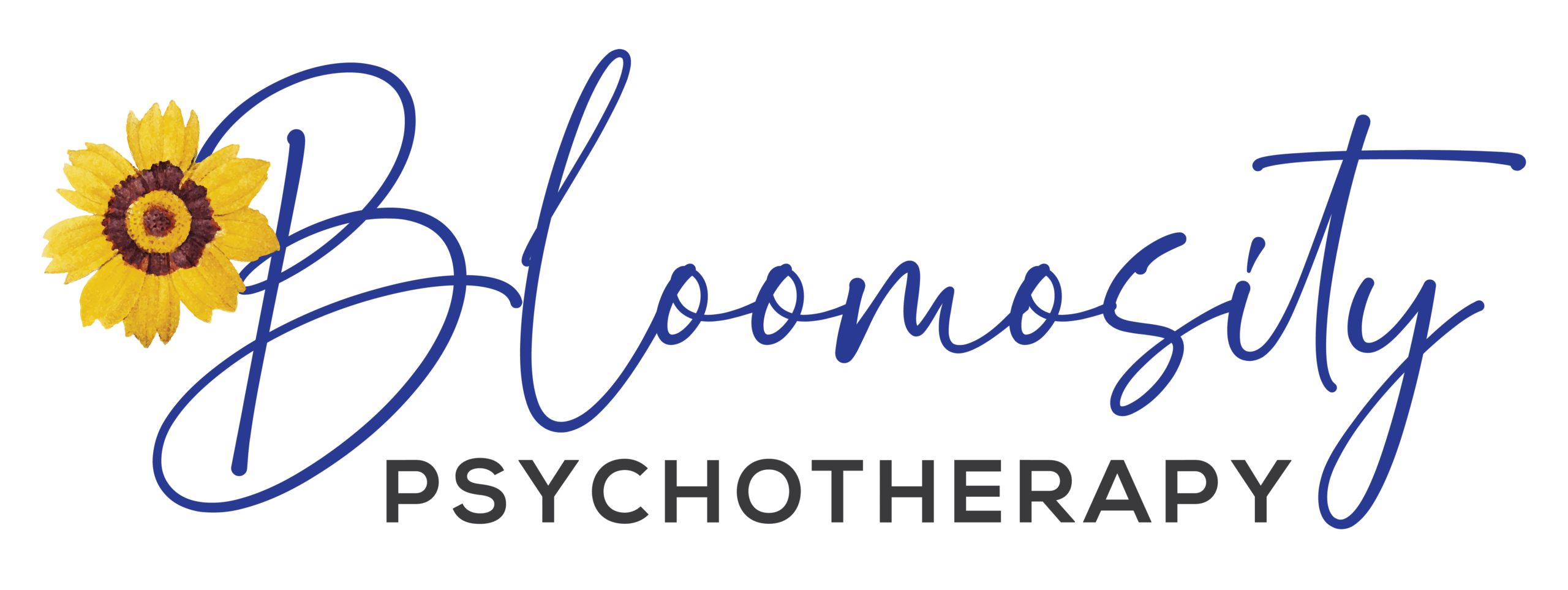Initially, a substance (or activity) serves a purpose by providing relief – a coping mechanism for emotional pain and turmoil. But with continued use, and then abuse, brain biology is altered. The brain links pain relief with drug use, which reinforces continued use.
Biology of Addiction
From a biological standpoint, addictive drugs strongly activate the nucleus accumbens in the mid-brain by releasing dopamine there. Dopamine is a key neurotransmitter that stimulates neuron activity in brain systems responsible for feelings of reward, motivation and pleasure.
Sexual excitement also releases dopamine in the nucleus accumbens as does music, the taste of sugar, and simply imagining something pleasant. Gambling activates this area for habitual gamblers, and video game playing activates it for habitual video game players.
Cravings
Exposure to cues associated with the substance triggers a craving. A craving is an insistent search for the activity that gives the dopamine boost. Even after a long period of abstinence, exposure to cues associated with the substance triggers a renewed craving. For example, seeing a lit cigarette triggers a craving in smokers.
A person with an addiction strongly wants the substance and thinks about it all the time, but, may or may not “like” it. Many people with addictions find more distress than pleasure, but they still can’t stop. Repeated exposure to addictive substances such as nicotine, cocaine, or alcohol, alters receptors in the nucleus accumbens and other reward areas. Reward areas become more responsive to the addictive substance, or cues associated with it, and less responsive to other types of reinforcement. Even sex becomes less rewarding. Basically, the addiction “highjacks” the reward system.
Repeated exposure to addictive drugs also disrupts activity in the prefrontal cortex and other areas responsible for restraining impulses. Ordinarily, a decision whether to do something is a matter of weighing the pros and cons. However, when the addiction is active, the prefrontal cortex fails to overrule the reward-seeking areas.
Tolerance and Withdrawal
As an addiction develops, many of its effects, especially the enjoyable effects, decrease. That decrease is called tolerance. Because of tolerance, heroin users raise their amount and frequency of use to greater and greater levels, eventually taking amounts that would kill other people.
Over time, the body comes to expect the drug and it reacts strongly when the drug is absent. That reaction is called withdrawal. The withdrawal symptoms after someone quits heroin or other opiates include anxiety, sweating, vomiting, and diarrhea. Symptoms of alcohol withdrawal include irritability, fatigue, shaking, sweating, and nausea. In severe cases, alcohol withdrawal progresses to hallucinations, convulsions, fever, and cardiovascular problems.
Genetic Influences
One theory of addiction is based on genetic predisposition. However, attempts to identify individual genes associated with addiction have found many genes, each with a small effect. Few if any genes are specific to addiction. For example, the gene with the largest known contribution to alcoholism also increases the risk of bipolar disorder.
Environmental Influences
Prenatal and childhood environment also contribute to the risk for alcoholism. A mother who drinks alcohol during pregnancy increases the probability that her child will develop alcoholism later. Also, some people have a gene that leads to difficulty inhibiting their impulses, like impulse that lead to alcohol abuse. However, if people with this gene grew up in families with careful parental supervision, they are much less likely to develop these impulse problems.
Two types of alcoholism have been established. People with Type II alcoholism have rapid onset, usually before age 25. Most are men with a family history of alcoholism. People with Type I alcoholism develop alcohol problems gradually, usually after age 25. The late-onset type depends more on a stressful life and less on genetics. It is generally less severe and more likely to respond well to treatment.
Behavioral Predictors of Abuse
Studies find that alcoholism is more likely among those who were described in childhood as impulsive, risk taking, easily bored, sensation seeking, and outgoing. There is strong familial tendency toward alcoholism. Research finds that many of the sons of alcoholics are future alcoholics themselves.
Treatments
Some people who abuse alcohol or other substances as young adults manage to decrease their use without help. Those who discover that they cannot solve the problem on their own often try Alcoholics Anonymous, Narcotics Anonymous, or similar organizations. Not many people turn to medications, but a few options are moderately helpful, like Antabuse for alcoholism.
An alternative is to see a therapist, once the addicted person has completed detox. Going to therapy during active drug use or withdrawal is not recommended since the “thinking” part of the brain (prefrontal cortex) is not on-line. During active use, the reward-seeking system is in full gear and over-riding one’s ability to think through consequences. It is impossible and ineffective to engage in psychotherapy when one is in the throes of active use.
The person suffering the addiction must commit to therapy on their own. Psychotherapy for any person, including those suffering from addiction, depends on willingness and commitment to work and change. Finding a therapist that the person can trust, is empathetic and non-judgmental, is important.
Source: Kalat, J.W. (2016). Biological Psychology.
